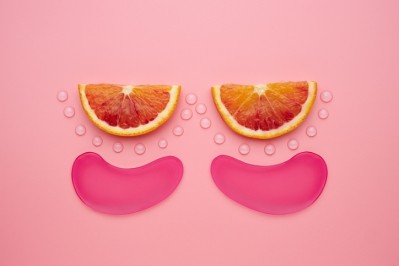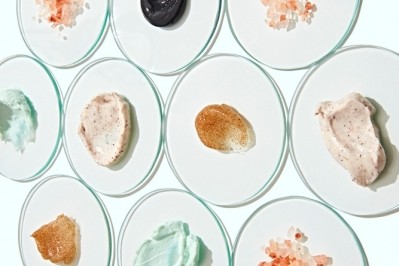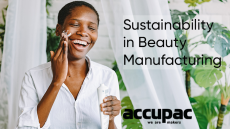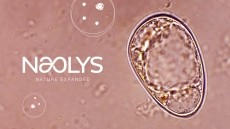3 metrics for measuring the effectiveness of stress-relieving scents in cosmetics

A research team out of Germany and Switzerland, Arielle Springer et al., recently published research in Cosmetics exploring a standardized procedure to objectively measure the effectiveness of stress-relief aromatic actives.
Transparency Market Research estimates the global health and wellness market will hit $6.94 trillion by 2031, propelled by growth in multifunctional personal care products like skincare and hand care.
Especially after COVID-19 lockdowns in 2020, personal care brands have included stress-relieving smells to step into that wellness market.
“Although factors influencing consumers’ well-being are very subjective, companies strive to develop their products in such a way that a positive effect is likely,” Springer et al. said. “Therefore, methods are required to objectively explore and scientifically prove the product’s performance on humans.”
To measure stress relief in scientific, objective terms, Springer et al. took three stress metrics after test participants were shown images of stressful events.
PANAS Questionnaire
Several questionnaires exist to measure the human experience of odor and Springer et al. selected the Positive and Negative Affect Schedule. The questionnaire measures the negative and positive effects on an individual’s state of mind, with a high score being positive and a low score negative.
In Springer et al.’s test individuals’ who had a high PANAS score showed overall positive feelings and reduced negative feelings when exposed to the active anti-stress compound.
“Since odors are known for a strong connection to emotions and mood, it is feasible that the odor of the cosmetic product elicits this effect,” Springer et al. said.
EEG Measurements
The research team used a mobile EEG machine to attempt to measure the psychophysiological effects of cosmetics. Previous studies have shown EEGs used to measure psychophysiological effects, though not with the same type of machine.
“The brain activation measurements showed a trend towards a significant increase in alpha activity after odor exposure to the active compound sample containing the extract after an induction phase,” Springer et al. said.
Saliva analysis
To measure cortisol and α-amylase levels Springer et al. turned to saliva samples. The research team said both hormones can be indicators of stress.
In the study, the test subjects who received the placebo saw an increase in cortisol and α-amylase, while those who received the active compounds had a decrease in the hormones. Springer et al. said their data indicated the odor of essential oils in cosmetics could influence stress hormone levels.
Results and Limitations
Overall, Springer et al. found that their method did work for measuring stress-relief efficaciousness.
“It could be proven that the study design, the method including the mobile EEG measurement coupled with the stress hormone analysis and the evaluation of the mood questionnaire were suitable to investigate the performance of two cosmetic products in comparison,” Springer et al.
The team added that there were limitations on the test because of how stress was simulated. Participants were shown images of previous stressful life events, and Springer et al. said current stress could behave differently in a similar test.
Source: Cosmetics
Cosmetics 2022, 9(5), 97; https://doi.org/10.3390/cosmetics9050097
Title: “Measurement of Stress Relief during Scented Cosmetic Product Application Using a Mood Questionnaire, Stress Hormone Levels and Brain Activation”
Author: Arielle Springer et al
![Fancy Face offers a range of premium makeup and skin care items online and via its own-brand boutique store [Image: Fancy Face]](/var/wrbm_gb_food_pharma/storage/images/_aliases/wrbm_medium/publications/cosmetics/cosmeticsdesign.com/headlines/business-financial/fancy-face-canada-beauty-services-firm-eyes-retail-expansion-and-own-store-push/16044656-1-eng-GB/Fancy-Face-Canada-beauty-services-firm-eyes-retail-expansion-and-own-store-push.jpg)















